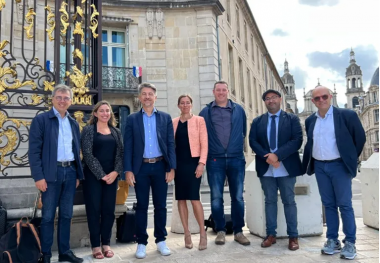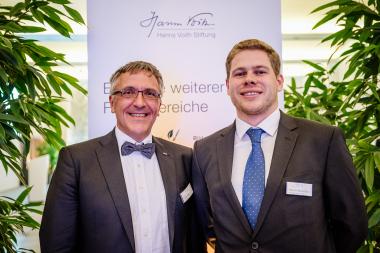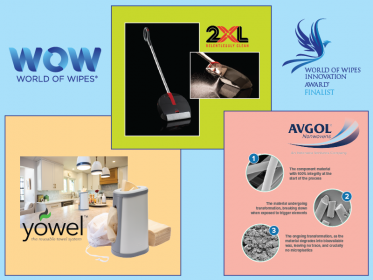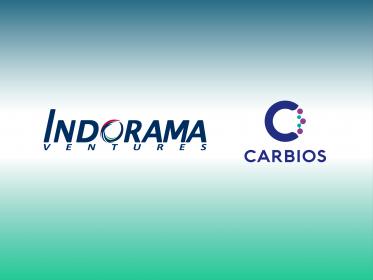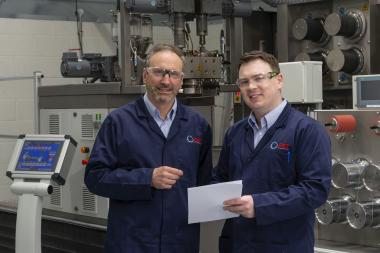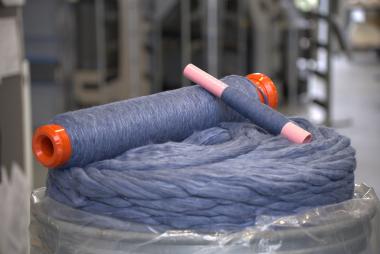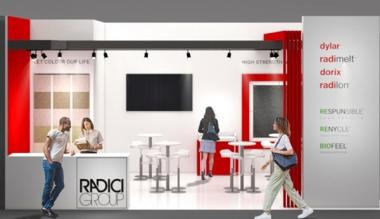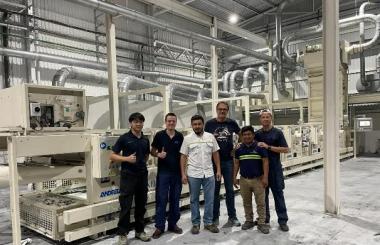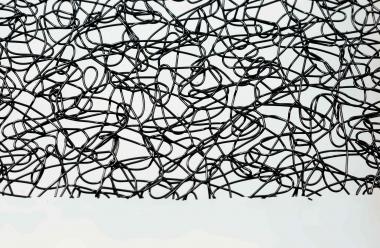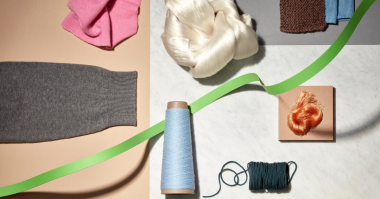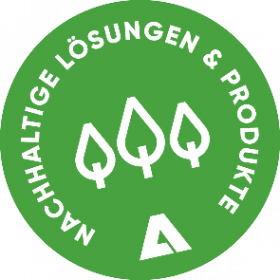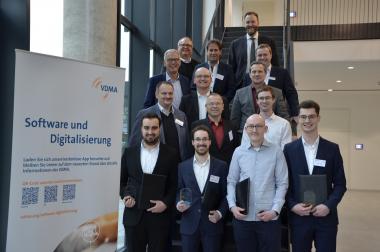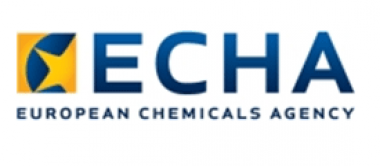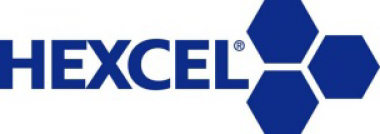Hexcel showcases new fiber HexPly® M79 Prepregs at METSTRADE 2023
Hexcel will continue to celebrate its 75th anniversary and highlight its latest developments for the Marine market at METSTRADE 2023 on November 15-17. Hexcel will showcase innovative advanced lightweight material technologies including new intermediate and high modulus fiber HexPly® M79 prepregs and present example high-performance superyacht and windship components developed by customers using Hexcel materials.
The new intermediate modulus prepreg combines the low temperature curing and simple processing of the DNV GL accredited HexPly M79 resin system with the market-leading stiffness of HexTow® IM2C fiber, creating a uniquely optimized composite material for highly loaded components. Originally developed to provide best-in-class performance for America’s Cup and IMOCA hull and deck structures, the new combination minimizes structural deformation under load in parts such as rigs, foils, and other appendages.
For a high modulus solution, HexTow® HM54 fiber is also now available with the HexPly M79 resin system. The unique mechanical properties of HexTow HM54 fiber allow structural designers to achieve higher safety margins for both stiffness and strength critical applications. Both products can be manufactured with Hexcel G-Vent technology for out-of-autoclave processing, delivering a reduction in process time and cost without compromising mechanical performance.
Hexcel will also display customer products that have benefited from the performance and processing gains provided by HexPly materials. A section of a Solid Sail mast made using Bureau Veritas (BV)-approved HexPly® M9.6 prepregs will be exhibited at METS. Such masts are used for wind propulsion and, by harnessing the power of ocean winds, they reduce reliance on engines, reducing fuel usage and emissions.
Visitors to the Hexcel booth will also see a section of a radar arch part from luxury motor yacht builder Sunseeker made using HexPly® XF surfacing technology and HexPly® SuperFIT semi-pregs. The part is lighter in weight and stiffer than versions made using resin-infusion processes and de-molds with a pinhole-free surface that needs minimal preparation to be ready for painting. Sunseeker has recorded an overall reduction in process time and material costs of around 30% against traditional prepreg parts, using Hexcel composite materials.
Hexcel






